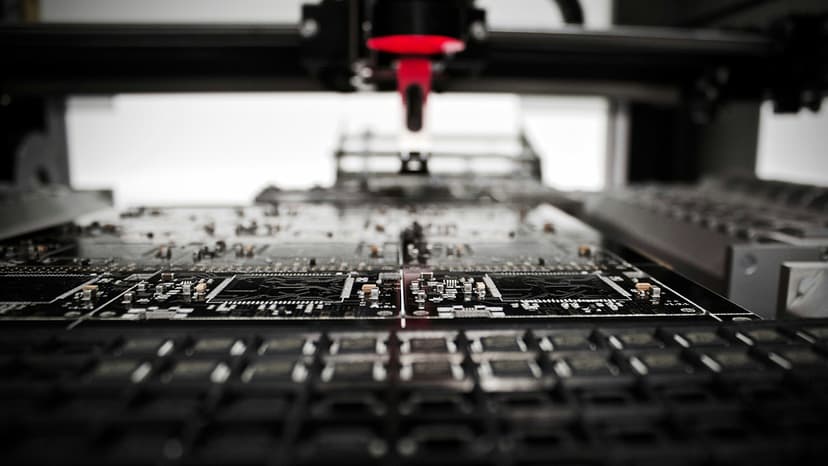The Versatile Python Dictionary
Python features a powerful tool known as the dictionary. The Python dictionary efficiently manages and accesses a vast collection of data.
Dictionaries are containers that hold pairs of objects: keys and values. Each key is unique, while the value can be any data type.
Key-Value Pairs
A dictionary in Python consists of key-value pairs. The key acts as an identifier, and the value is the information associated with that key.
Here’s a simple example of what a dictionary looks like in Python:
Python
In this example, 'fruit', 'vegetable', and 'drink' are keys, while 'apple', 'carrot', and 'water' are their values.
Flexibility and Dynamism
Python dictionaries are dynamic, allowing you to add, modify, or delete key-value pairs easily.
For example, if preferences change, you can simply update the dictionary:
Python
Real-World Applications
Dictionaries have a wide range of applications. They are used for handling configurations, counting items, organizing databases, and storing object attributes in games. Their ability to quickly retrieve information based on a unique key makes them valuable for speed and efficiency.
Key Features and Operations
Creating and modifying a Python dictionary is straightforward. You can create one using curly braces {} or the dict() function:
Python
You can access values using the square bracket notation [], and you can delete elements with del:
Python
There are also methods like keys(), values(), and items() for looping through keys, values, or key-value pairs. You can check if a key exists in the dictionary with the in keyword:
Python
Important Notes
Keys in dictionaries must be unique. If you try to add a duplicate key, it will overwrite the previous value. Since Python 3.7, dictionaries maintain the order of elements as they were inserted.
Python dictionaries are efficient for data organization, offering flexibility and speed. They are essential tools for both beginners and experienced programmers, enabling effective data management.
Dictionaries provide a robust way to model real-world scenarios. They help with quick access and manipulation of information, embodying Python's philosophy of being powerful and easy to use.
Consider integrating a dictionary into your next Python project for clean, manageable, and efficient code.












